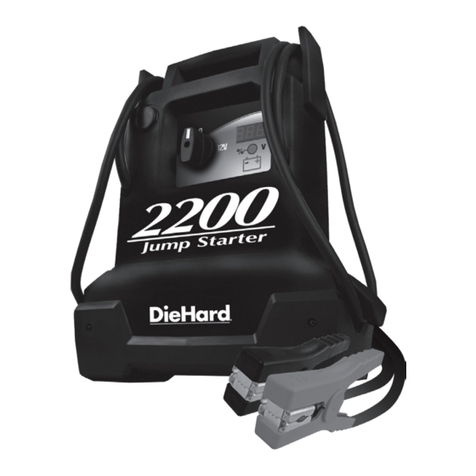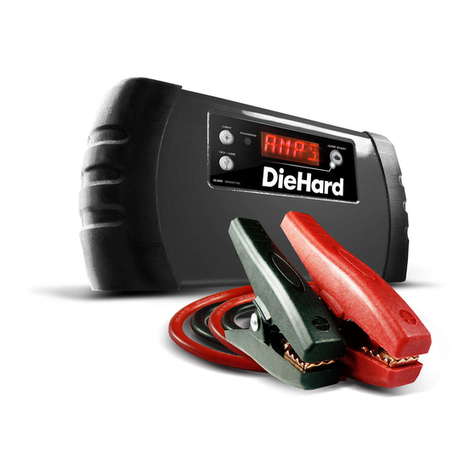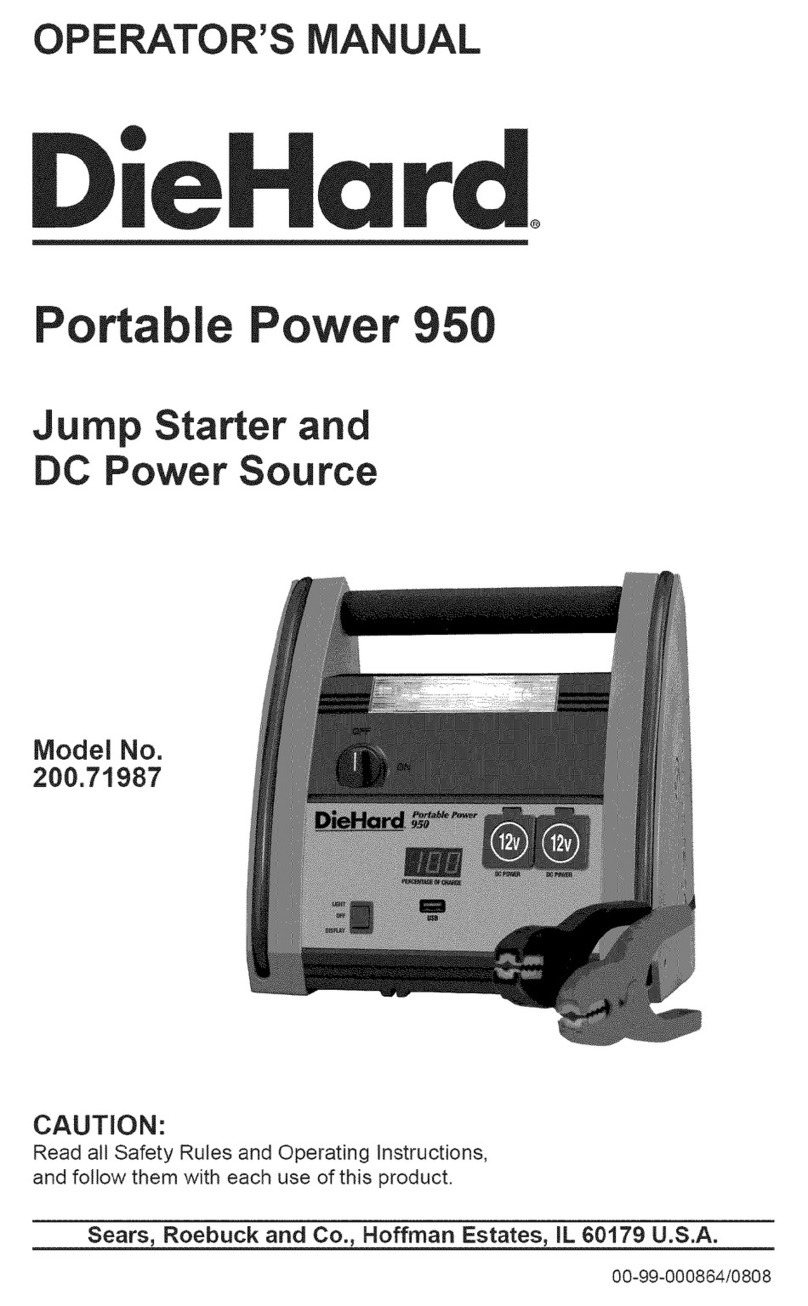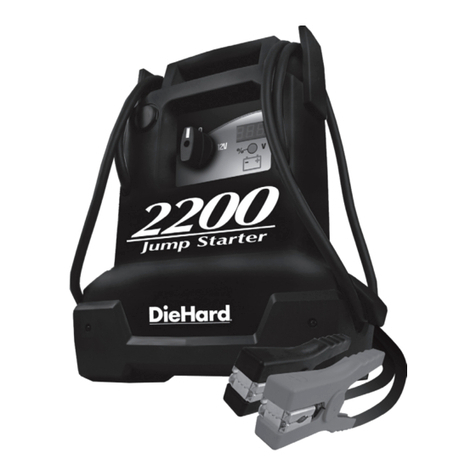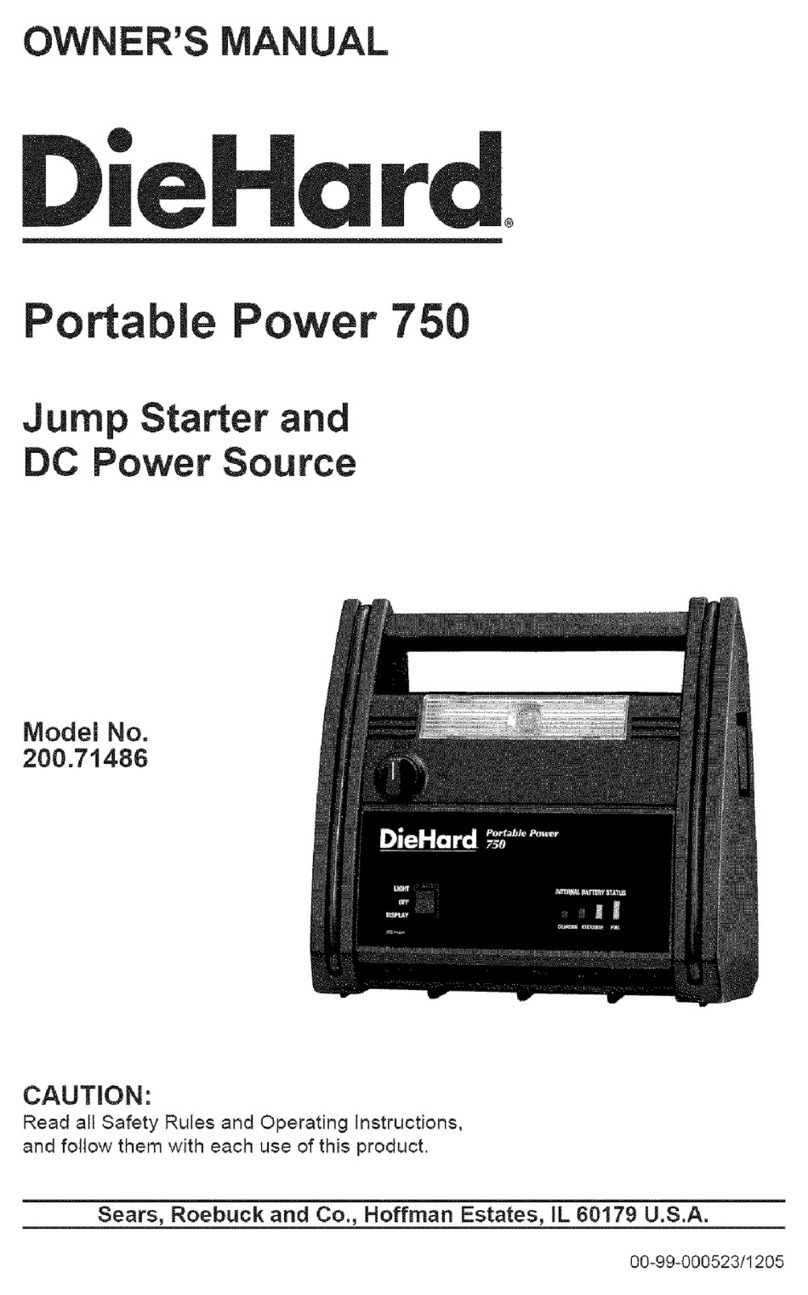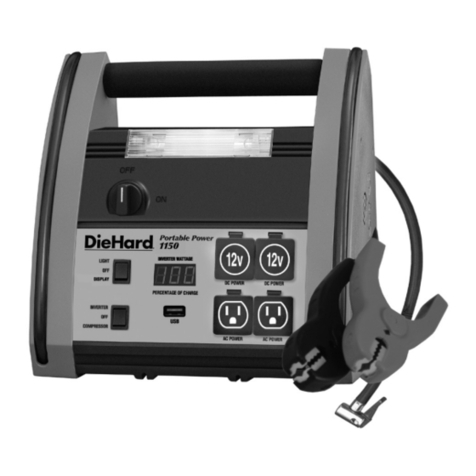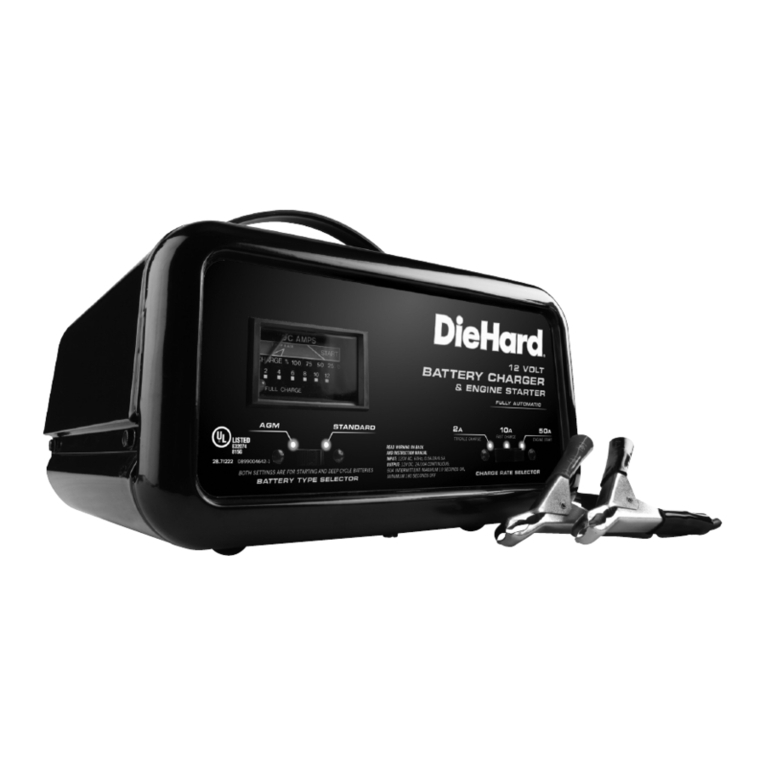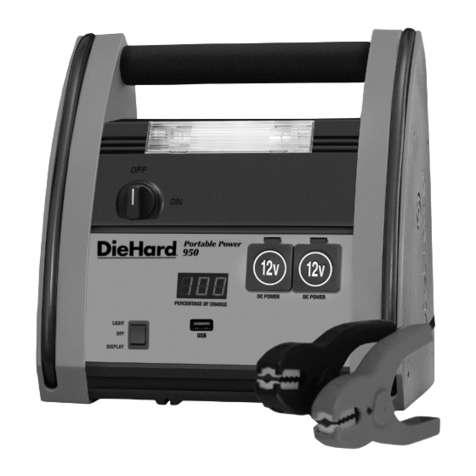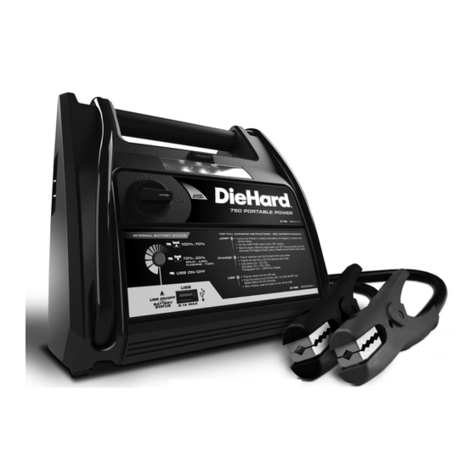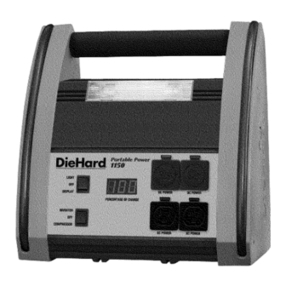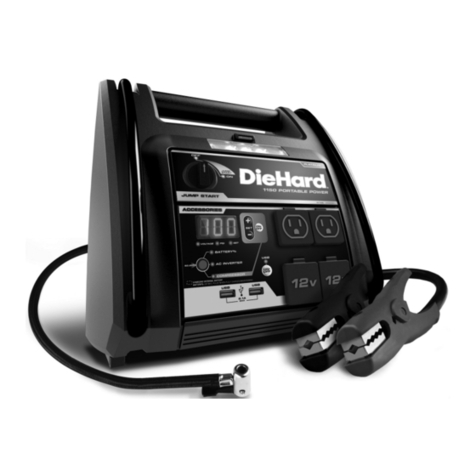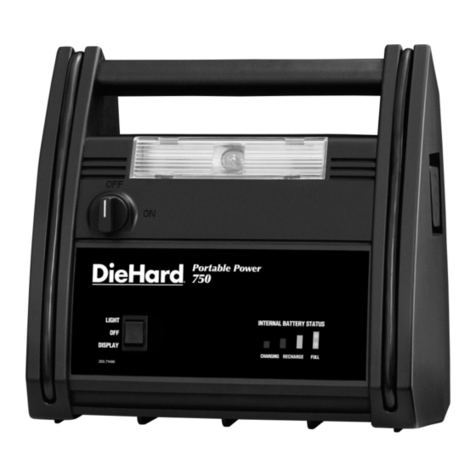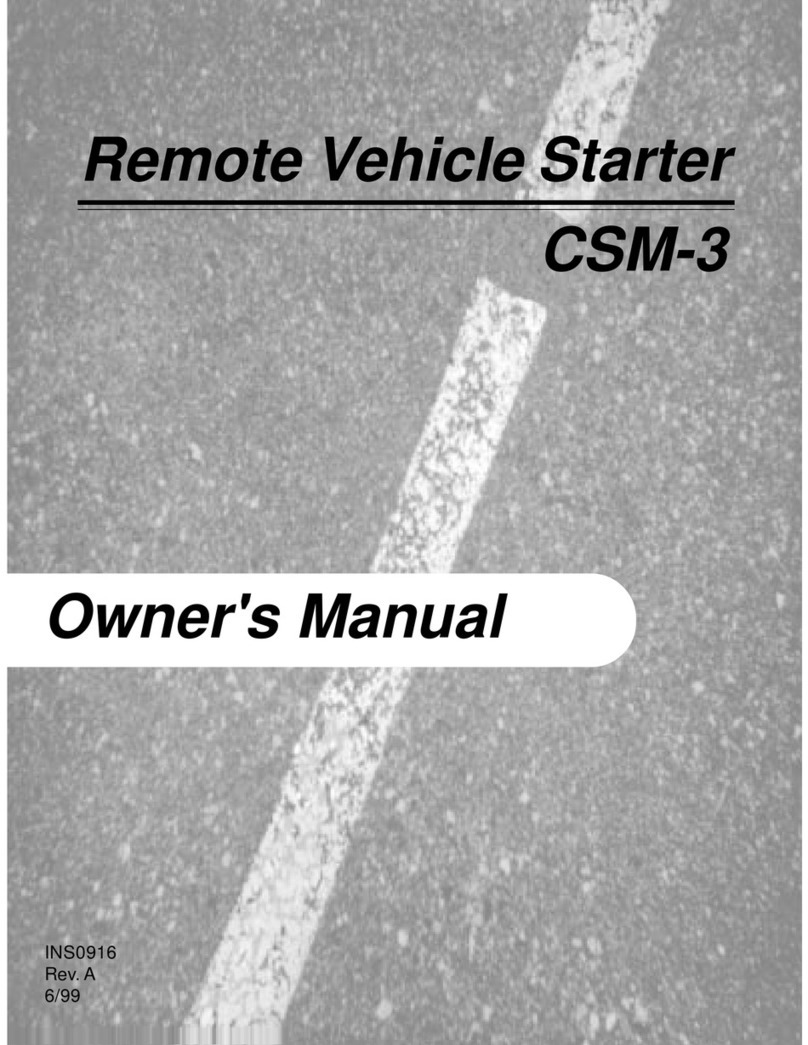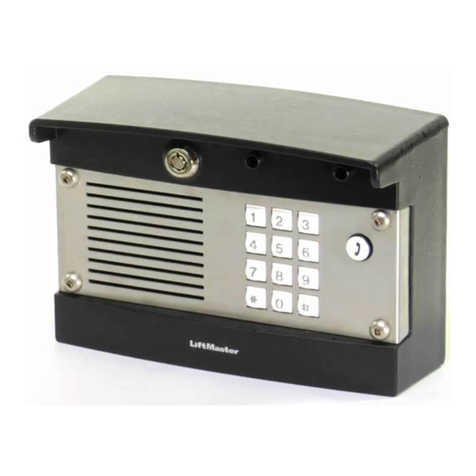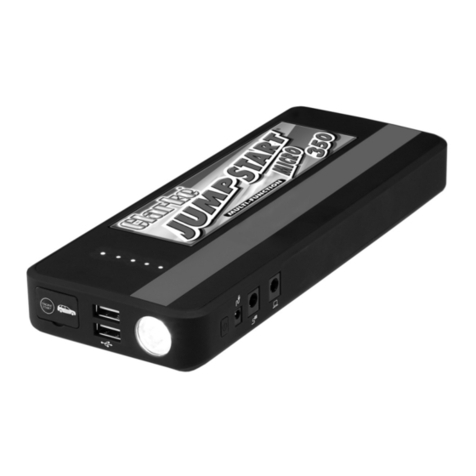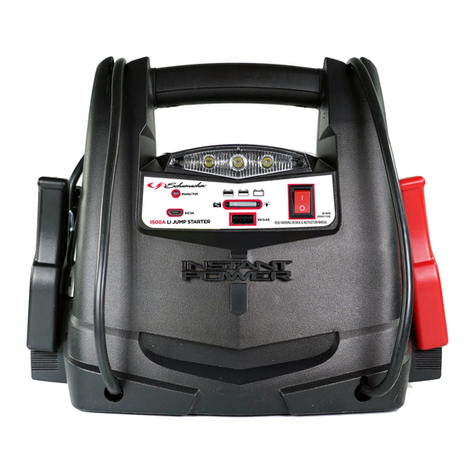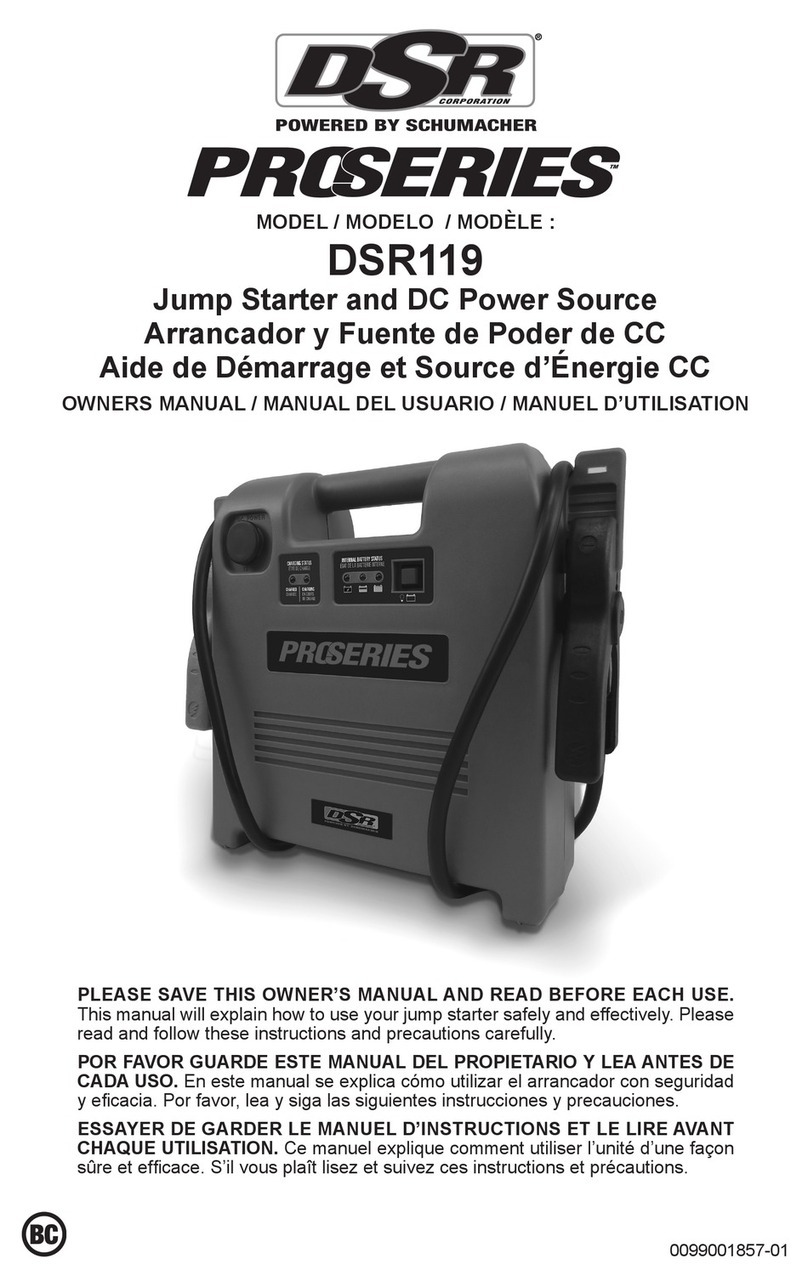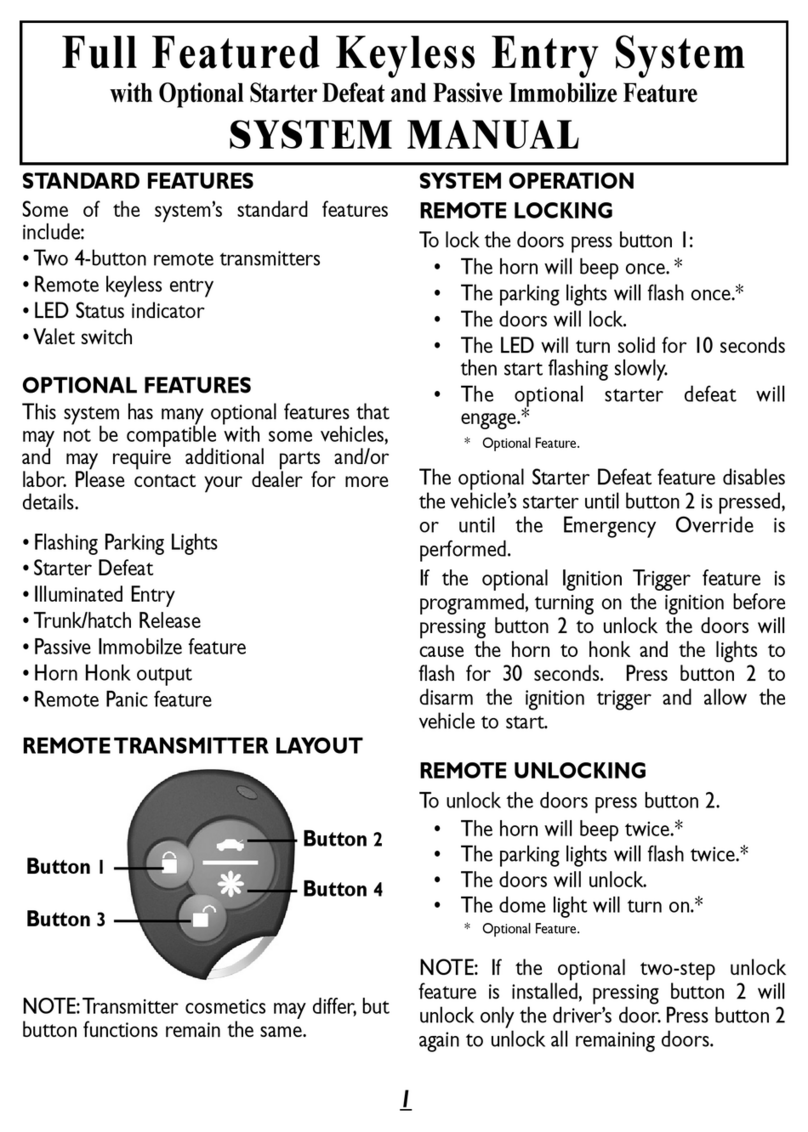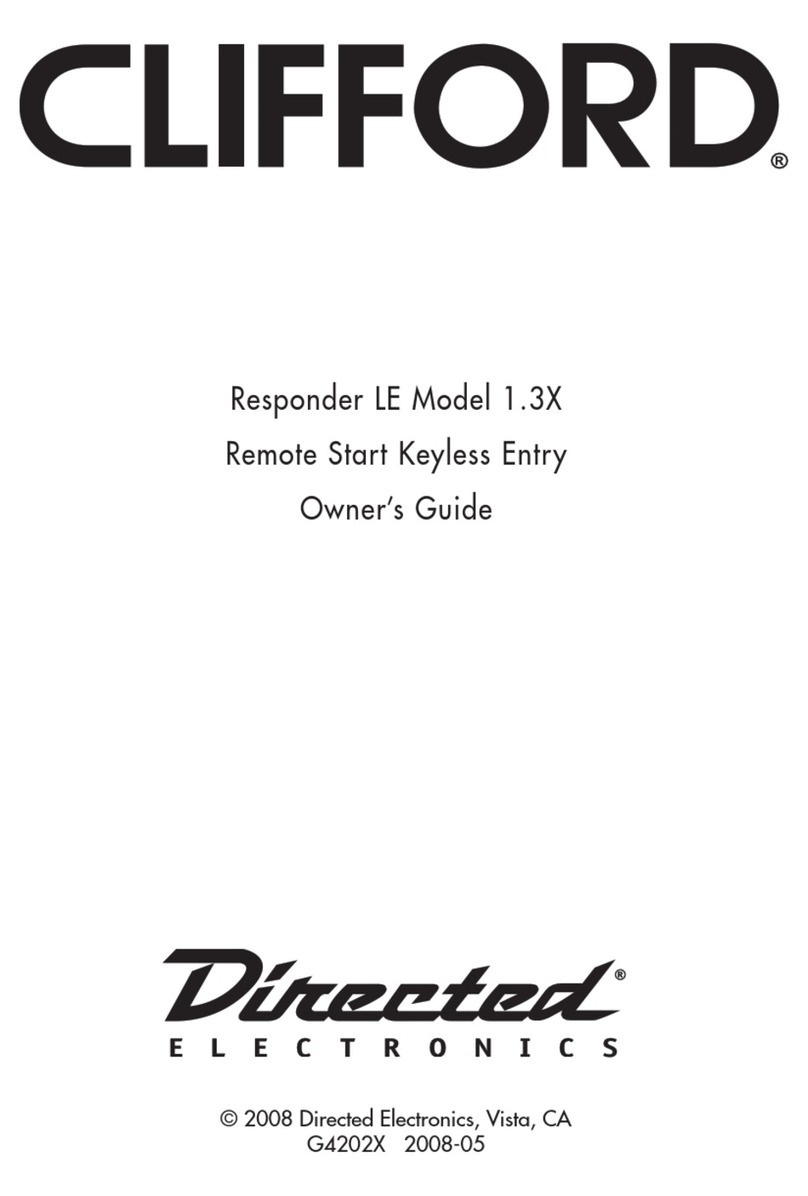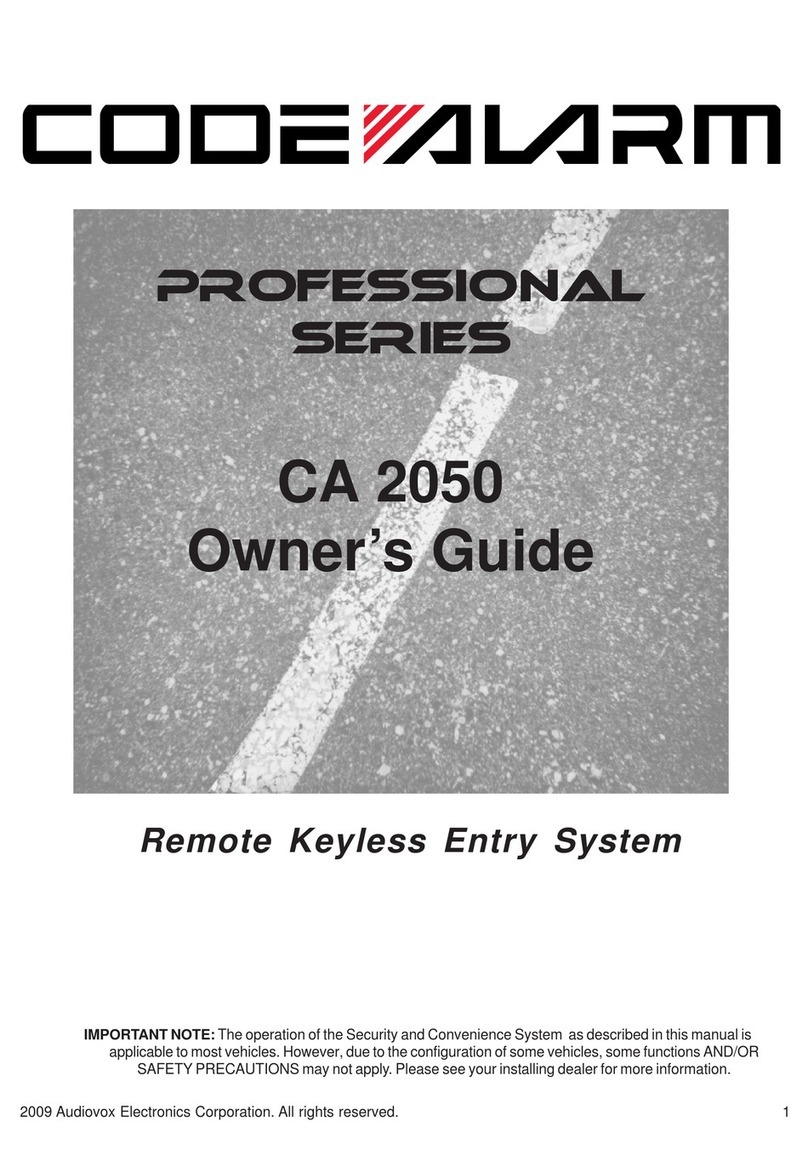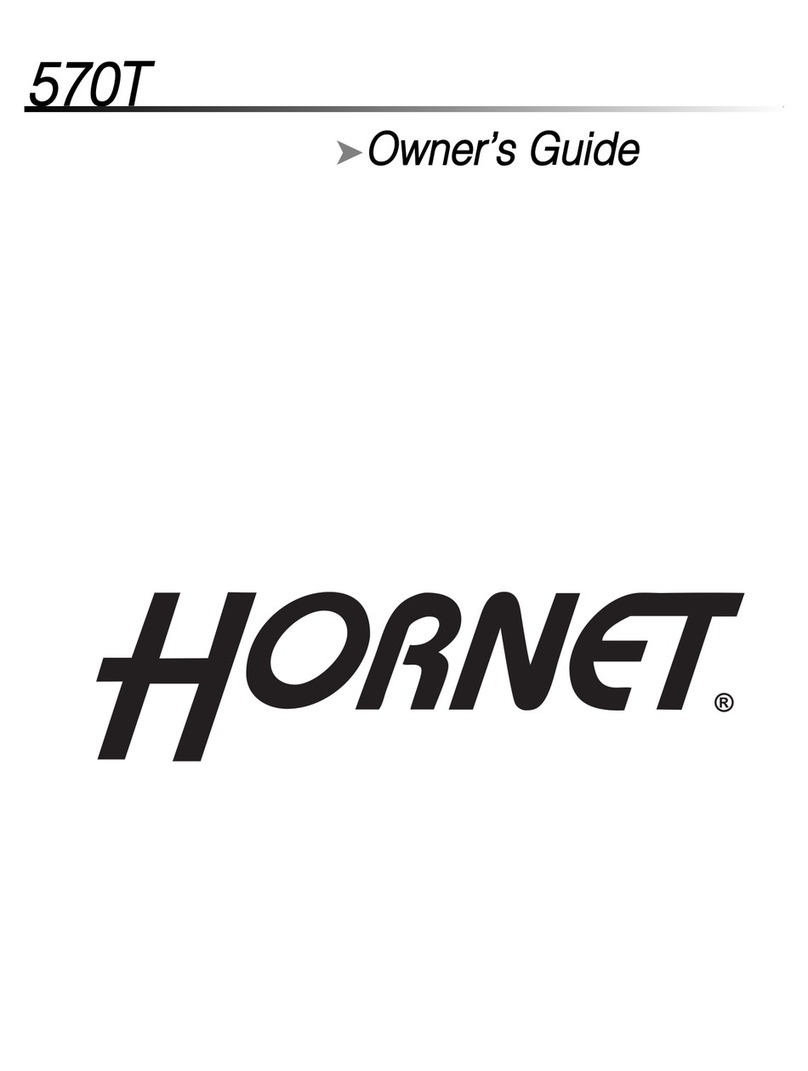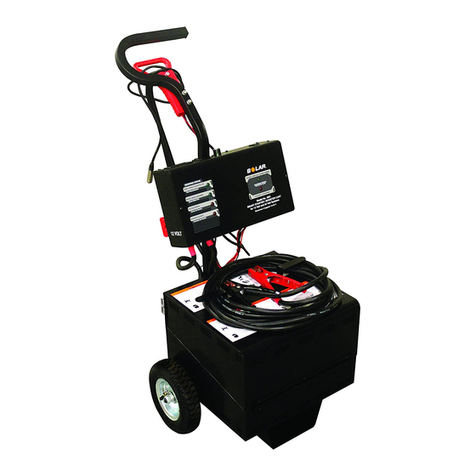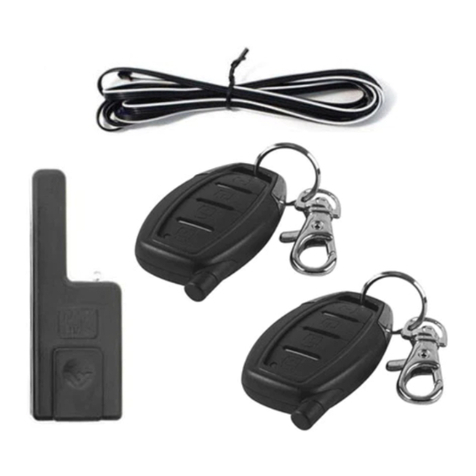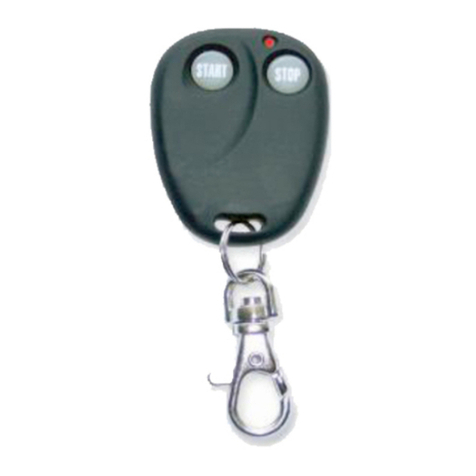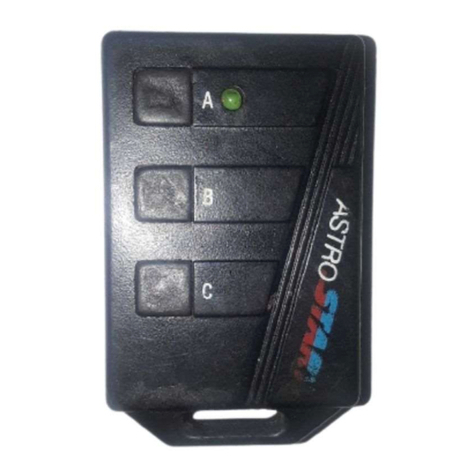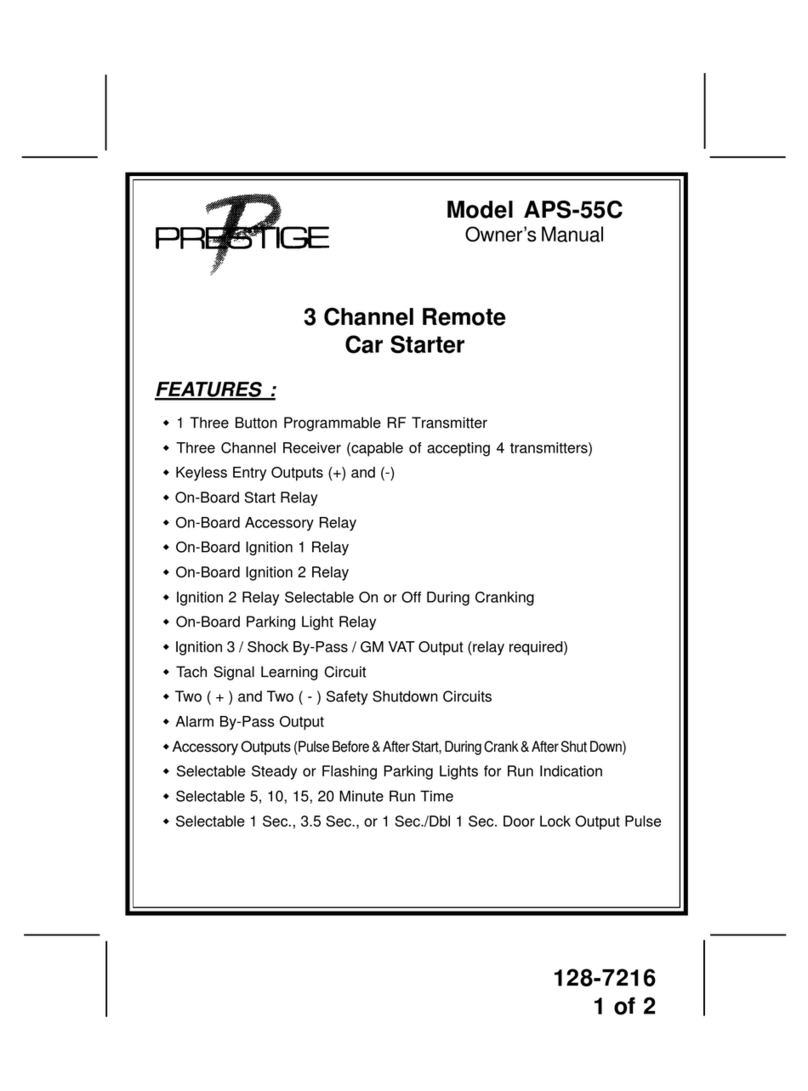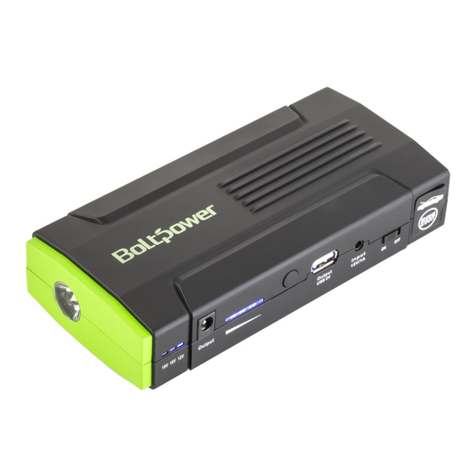•3 •
PERSONAL PRECAUTIONS2.
RISK OF EXPLOSIVE GASES. A
SPARK NEAR THE BATTERY MAY
CAUSE A BATTERY EXPLOSION.
TO REDUCE THE RISK OF A
SPARK NEAR THE BATTERY:
Working in the vicinity of a lead-acid battery is dangerous. Batteries generate2.1
explosive gases during normal battery operation. For this reason, it is of
utmost importance that you follow the instructions each time you use the
jump starter.
NEVER smoke or allow a spark or ame in the vicinity of a battery or engine.2.2
Do not permit the internal battery of the jump starter to freeze. Never charge a2.3
frozen battery.
To prevent sparking, NEVER allow clips to touch together or contact the same2.4
piece of metal.
When charging the internal battery of the jump starter, work in a well ventilated2.5
area and do not restrict the ventilation in any way.
Be extra cautious to reduce the risk of dropping a metal tool onto a battery. It2.6
might spark or short-circuit the battery or other electrical part that may cause
an explosion.
Remove personal metal items such as rings, bracelets, necklaces and watches2.7
when working with a lead-acid battery. A lead-acid battery can produce a short-
circuit current high enough to weld a ring or the like to metal, causing a
severe burn.
Be sure the area around the battery is well ventilated while the jump starter is2.8
being used.
RISK OF CONTACT WITH BATTERY ACID.
BATTERY ACID IS A HIGHLY CORROSIVE
SULFURIC ACID.
Consider having someone close enough by to come to your aid when you work2.9
near a lead-acid battery.
Have plenty of fresh water and soap nearby in case battery acid contacts your2.10
skin, clothing or eyes.
Wear complete eye and body protection, including safety goggles and2.11
protective clothing. Avoid touching your eyes while working near the battery.
If battery acid contacts your skin or clothing, immediately wash the area with2.12
soap and water. If acid enters your eye, immediately ood the eye with cold
running water for at least 10 minutes and get medical attention right away.
If battery acid is accidentally swallowed, drink milk, the whites of eggs or water.2.13
DO NOT induce vomiting. Seek medical attention immediately.
Stay clear of fan blades, belts, pulleys and other parts that may cause injury.2.14
Clean the battery terminals before using the jump starter. During cleaning,2.15
keep airborne corrosion from coming into contact with your eyes, nose and
mouth. Use baking soda and water to neutralize the battery acid and help
eliminate airborne corrosion. Do not touch your eyes, nose or mouth.
Determine the voltage of the battery by referring to the vehicle owner’s manual2.16
and make sure that the output voltage of the jump starter is correct.
Make sure that the jump starter cable clips make tight connections.2.17















